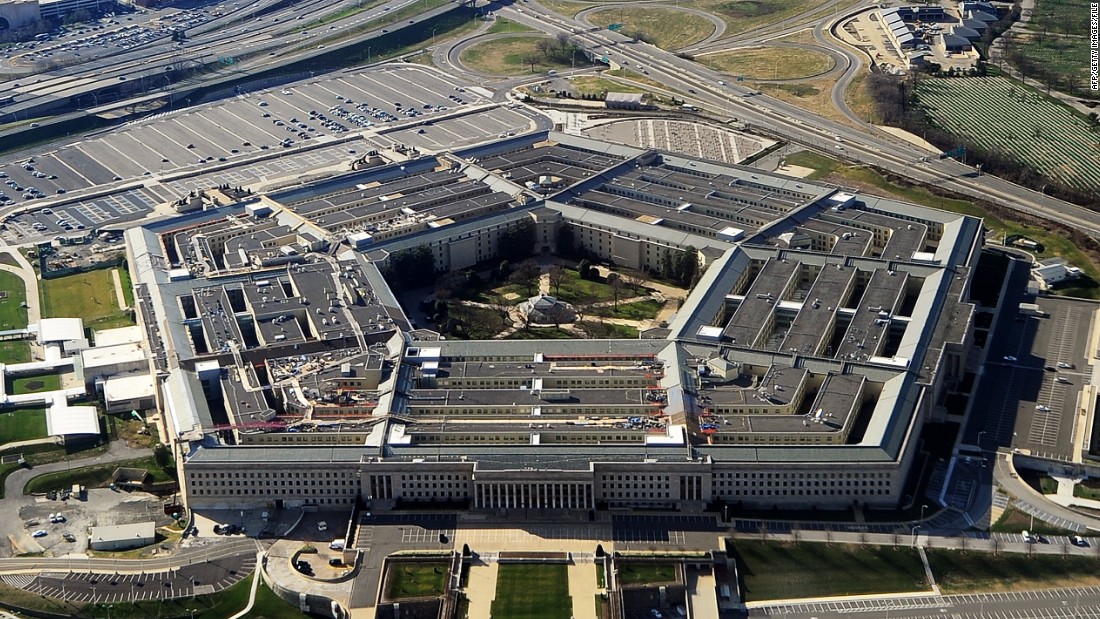China says it launched a spacecraft and not a missile 0:50
(CNN) - The
United States suffered a setback in the hypersonic arms race with China and Russia following the failure of its most recent test, the Pentagon said in a statement Thursday.
The rocket used to accelerate the projectile to hypersonic speeds failed and the projectile test, the hypersonic glide body, could not continue, according to the statement.
Because the rocket failed, the Pentagon was unable to test the hypersonic glide body, which is the key component needed to develop a hypersonic weapon.
Officials began a review of the test, which took place Thursday at the Pacific Space Complex in Kodiak, Alaska, to understand the cause of the rocket failure.
ANALYSIS |
North Korea says it tested a hypersonic missile.
If true, it could change the military equation in East Asia
"Experiments and tests - both successful and unsuccessful - are the backbone of developing highly complex and critical technologies at tremendous speed, like what the department does with hypersonic technologies," said Lt. Col. Tim Gorman, a Pentagon spokesman, in a statement.
The Pentagon has made the development of hypersonic weapons one of its top priorities, especially as China and Russia are working to develop their own versions.
The failure is another blow to US efforts after a failed test in April and comes days after China was reported to have successfully tested a hypersonic glide vehicle.
advertising
Hypersonic weapons, traveling at Mach 5 or higher, are difficult to detect, posing a challenge for missile defense systems.
Hypersonic missiles can travel at a much lower trajectory than high-precision ballistic missiles, which can be easily detectable.
Hypersonics can also maneuver and evade missile defense systems.
Reports on the success of the tests from China and Russia
Over the weekend, the Financial Times reported that China had successfully tested a hypersonic glide vehicle capable of carrying a nuclear weapon.
They reported that the glider was launched from an orbital bombardment system.
Although China denied the report, saying Monday that the test was more of a "routine space experiment."
It was not hypersonic missile: China says it launched a special ship
Defense officials say they are particularly concerned that China will develop hypersonic capabilities because it could allow Beijing to launch an attack on the South Pole, bypassing US missile defenses, which are generally aimed at missiles arriving over the North Pole.
Two weeks ago, Russia claimed to have successfully tested a submarine-launched hypersonic missile, dubbed the Tsirkon, for the first time.
Earlier this summer, Russia said it had fired the same missile from a warship.
However, the Pentagon insists that it continues on the path to developing offensive hypersonic weapons in the early 2020s, a deadline that seems more urgent with advances in hypersonic technology shown by Russia and China.
Russia launches Tsirkon hypersonic missile 0:51
"This flight test is part of an ongoing series of flight tests as we continue to develop this technology," Gorman said.
The failed test of the hypersonic glide corps came after the Navy and Army conducted a series of successful hypersonic measurement tests earlier this week that underscores the Pentagon's priority of rapidly investigating and testing the weapons system. .
The three joint survey tests were designed to collect data and conduct hypersonic experiments from Department of Defense partners involved in the development of advanced weapons.
"These launches allow for frequent and regular flight test opportunities to support the rapid maturation of offensive and defensive hypersonic technologies," the Navy said in a test statement.
These tests, conducted at NASA's Wallops Flight Center on the east coast of Virginia, provide data for the development of the services' hypersonic weapons, including the Navy's Conventional Prompt Strike and the Navy's Long-Range Hypersonic Weapon. Army.
The US is focusing on conventional hypersonic weapons that come from ships, land and air platforms.
In April, the Air Force's hypersonic missile program suffered a setback when its launch from a B-52 failed.
The AGM-183A Air-launched Rapid Response Weapon (ARRW) stayed on the plane.
hypersonic missile

